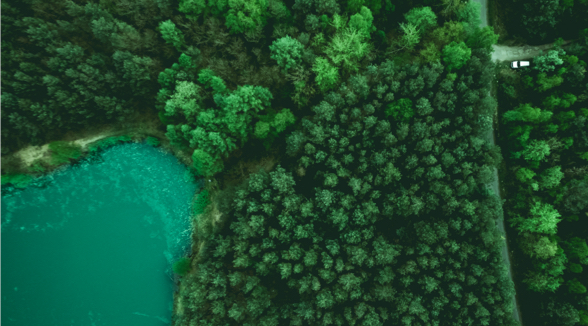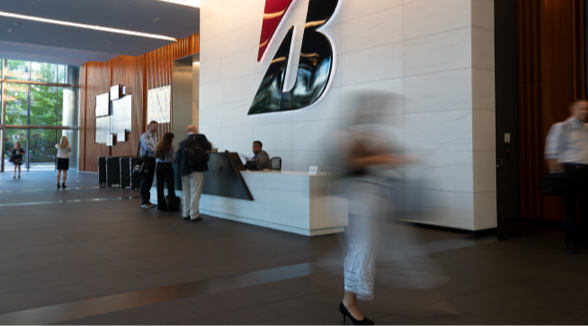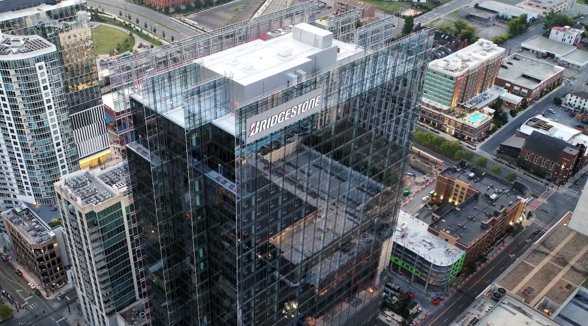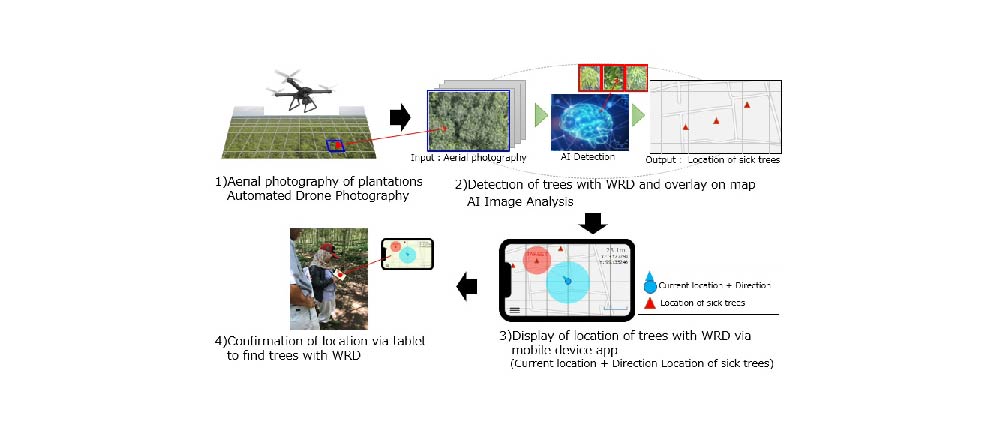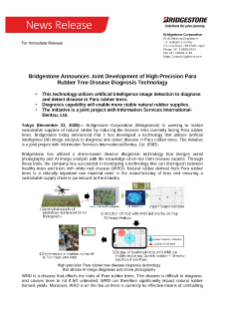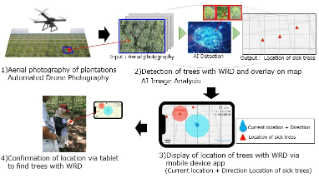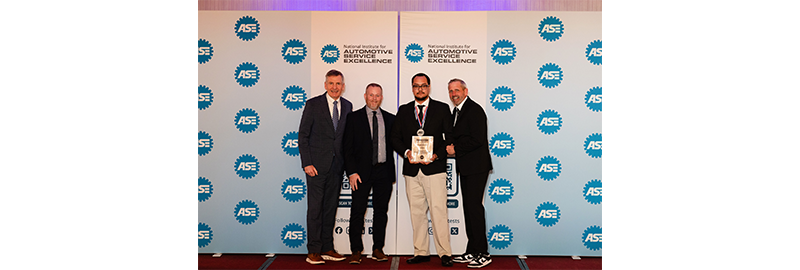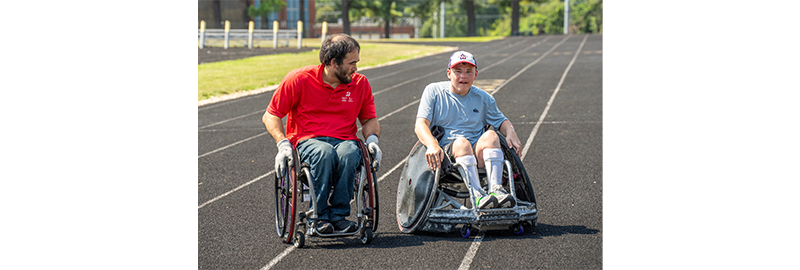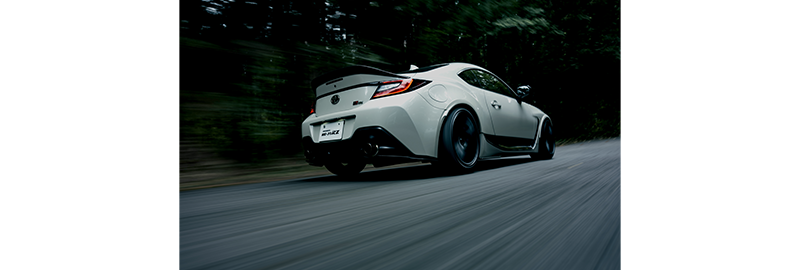Bridgestone Corporation (Bridgestone) is working to realize sustainable supplies of natural rubber by reducing the disease risks currently facing Para rubber trees. Bridgestone today announced that it has developed a technology that utilizes artificial intelligence (AI) image analysis to diagnose and detect disease in Para rubber trees. The initiative is a joint project with Information Services International-Dentsu, Ltd. (ISID).
Bridgestone has utilized a drone-based disease diagnostic technology that merges aerial photography and AI image analysis with the knowledge of on-site farm disease experts. Through these trials, the company has succeeded in developing a technology that can distinguish between healthy trees and trees with white root disease (WRD). Natural rubber derived from Para rubber trees is a critically important raw material used in the manufacturing of tires and ensuring a sustainable supply chain is paramount to the industry.
WRD is a disease that affects the roots of Para rubber trees. This disease is difficult to diagnose, and causes trees to rot if left untreated. WRD can therefore significantly impact natural rubber harvest yields. Moreover, WRD is on the rise as there is currently no effective means of combatting this disease. Prior diagnostic methods entailed calling on the tacit knowledge of Bridgestone farm experts to make judgments based on comprehensive evaluations of the foliage and observing factors, such as leaf color and leaf development, of affected trees. Trees suspected to be infected by WRD were dug up and roots were inspected. Thus, the accuracy of the diagnosis was dependent on the skills of each individual team member.
Bridgestone is working to address these environmental issues by diversifying and expanding its sources of natural rubber. One such initiative is this R&D effort focused on improving efficiency of Para rubber tree-derived natural rubber. In addition, the company is advancing initiatives for supporting sustainable business activities with technologies that contribute to the stable supply of natural rubber. Through these efforts, Bridgestone aims to utilize these technologies to achieve business sustainability while reducing environmental impacts in the future.
To achieve the company’s vision, “2050, Bridgestone continues to provide social value and customer value, as a sustainable solutions company”, Bridgestone have set a new environmental mid-term goal, Milestone 2030, to further promote the challenges of "decoupling" the growth of its business from its environmental impact and increased resource consumption. The company provides solutions through innovation to contribute to safer and more secure transportation, as well as it will further reduce its impact on the environment by contributing to CO2 reduction and realizing the circular economy including expanding renewable resources.
Bridgestone will continue to evolve technological innovations by combining our unique rubber knowledge with digital technologies and will co-create value through the work with various partners.
Background on Joint Development of High-Precision Para Rubber Tree Disease Diagnosis Technology
The newly developed, high-precision Para rubber tree disease diagnosis technology entails inputting the foliage-based diagnosis knowledge of Bridgestone farm experts into an AI image analysis system developed by ISID. Aerial farm photographs taken by drones are then input into the system to enable swift and high-precision diagnosis of trees with WRD across vast farm areas. Bridgestone has commenced trial use of this technology at Bridgestone-operated farms, and these trials have confirmed the technology is able to succesfully identify trees with WRD with about 90% accuracy, regardless of tree type or age. This technology makes it possible to diagnose and treat trees with WRD at early stages, before the disease impacts rubber yield, and thereby contributes to improved productivity at rubber farms.
In 2050, the global population is projected to reach 9.6 billion while the number of automobiles owned will exceed 2.4 billion. Accordingly, the amount of materials needed for tire production is expected to increase. Meanwhile, there is a push to decouple economic growth from environmental impacts, as indicated in the United Nations Sustainable Development Goals. The natural rubber currently used to produce tires is extracted for the Para rubber tree, which primarily grows in Southeast Asia. Issues associated with this tree include risks of disease and the depletion of tropical rainforests attributable to the expansion of the areas of land on which Para rubber trees are grown.


